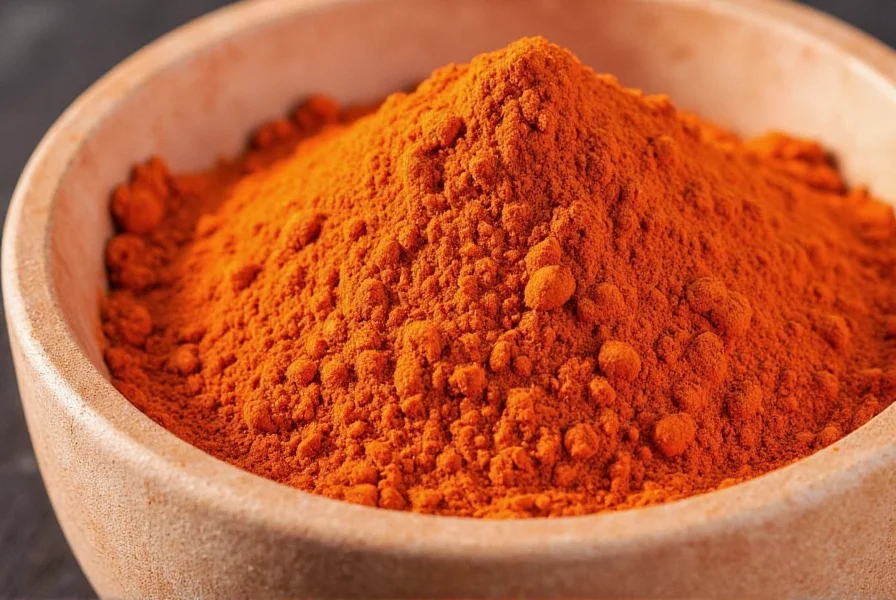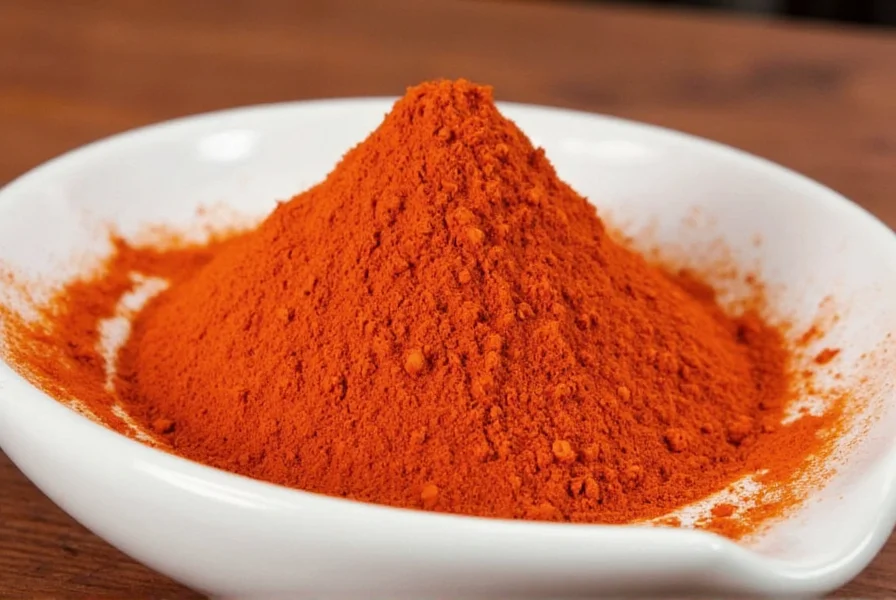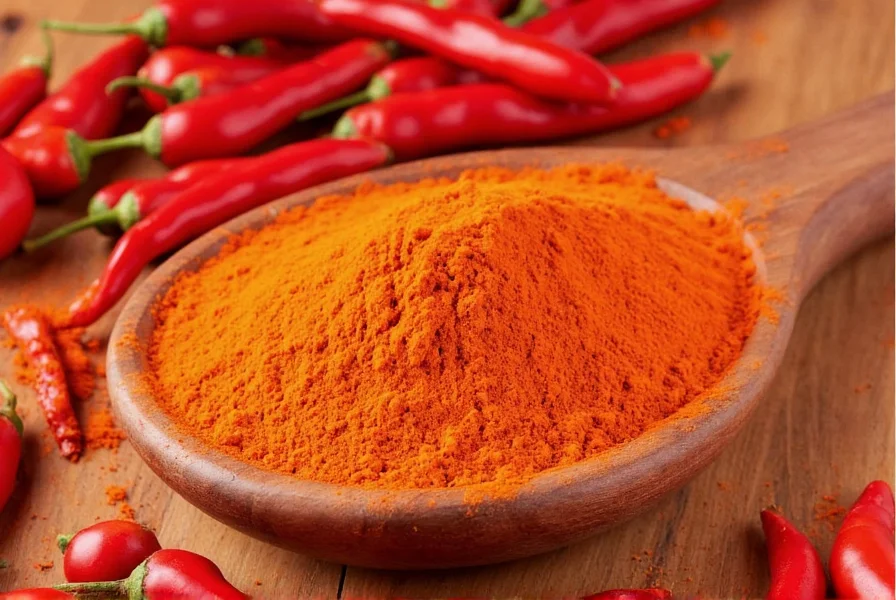Creating your own paprika powder at home transforms ordinary peppers into a versatile spice that elevates countless dishes. Unlike store-bought versions that may contain additives or lose potency over time, homemade paprika delivers superior freshness and allows you to customize heat levels and flavor profiles. Whether you're working with garden-fresh peppers or seasonal market finds, this guide provides everything you need to produce professional-quality paprika powder in your kitchen.
Essential Ingredients and Equipment
The foundation of exceptional homemade paprika begins with selecting the right peppers. While traditional paprika originates from Capsicum annuum varieties grown in Hungary, you can create excellent results with accessible alternatives. Sweet bell peppers produce mild paprika ideal for coloring dishes without heat, while cayenne or Hungarian wax peppers yield spicier versions. For authentic Hungarian-style paprika, seek out specific varieties like Kristály (mild), Csemege (medium), or Erős (hot).
| Pepper Type | Heat Level (Scoville) | Best For | Drying Time |
|---|---|---|---|
| Sweet Bell Peppers | 0 SHU | Mild paprika, color enhancement | 8-12 hours |
| Hungarian Wax | 1,000-15,000 SHU | Traditional paprika flavor | 10-14 hours |
| Cayenne | 30,000-50,000 SHU | Hot paprika varieties | 12-16 hours |
| Anaheim | 500-2,500 SHU | Moderate heat paprika | 9-13 hours |
For equipment, you'll need:
- Sharp knife and cutting board
- Baking sheets or dehydrator trays
- Parchment paper (for oven method)
- High-speed blender or spice grinder
- Fine mesh sieve (80-100 mesh)
- Airtight glass containers for storage
Step-by-Step Paprika Powder Production
1. Pepper Selection and Preparation
Choose fully ripe, deep red peppers with smooth, unblemished skin. Ripe peppers contain maximum carotenoids responsible for paprika's vibrant color and complex flavor. Wash peppers thoroughly and pat dry. Remove stems, seeds, and white membranes—these contain most of the heat compounds and can make your paprika bitter. For sweet paprika, eliminate all seeds and membranes; for hot varieties, retain some membranes.
2. Drying Methods Compared
Proper drying preserves flavor compounds while removing moisture that causes spoilage. Three effective methods exist:
Oven Drying (Most Accessible)
Preheat oven to its lowest setting (140-170°F / 60-75°C). Arrange pepper pieces in single layer on parchment-lined baking sheets. Prop oven door open slightly with a wooden spoon to allow moisture escape. Rotate trays periodically for even drying. Check after 6 hours—peppers should be brittle with no flexible parts remaining. Total drying time typically ranges from 8-16 hours depending on pepper thickness and moisture content.
Dehydrator Method (Most Consistent)
Set dehydrator to 135°F (57°C). Arrange peppers in single layer on trays, ensuring space between pieces. Dry for 10-14 hours until peppers snap when bent. Dehydrators provide superior airflow and temperature control, preserving more volatile flavor compounds than oven drying.
Air Drying (Traditional Approach)
Thread pepper pieces onto unflavored dental floss or thin string, leaving space between pieces. Hang in a warm, dry, well-ventilated area away from direct sunlight. This method takes 2-3 weeks but develops deeper flavor notes. Peppers are ready when completely brittle.
3. Grinding to Perfection
Once completely dry, process peppers in small batches to prevent overheating. A coffee grinder dedicated to spices works best, but a high-speed blender can substitute. Pulse in short bursts (5-10 seconds) to avoid generating heat that degrades flavor compounds. After initial grinding, sift through a fine mesh sieve. Return coarse pieces to the grinder for additional processing until all material passes through the sieve.
4. Storage for Maximum Freshness
Transfer your homemade paprika powder to dark glass jars with airtight seals. Oxygen and light rapidly degrade paprika's color and flavor compounds. Store in a cool, dark pantry—never above the stove or near heat sources. Properly stored, homemade paprika maintains peak quality for 4-6 months. For extended storage, freeze in vacuum-sealed containers for up to one year.
Pro Tips for Superior Homemade Paprika
Mastering paprika production involves understanding subtle techniques that elevate your results:
- Blend varieties - Combine sweet bell peppers with a small percentage of hotter varieties for complex flavor profiles
- Monitor color changes - During drying, peppers should maintain vibrant red color. Browning indicates excessive heat
- Additives for stability - Traditional Hungarian paprika sometimes includes a small amount of salt (2-3%) to preserve color
- Test for dryness - Properly dried peppers will snap cleanly when bent, not bend or crumble
- Grind in darkness - Light exposure during grinding degrades color compounds—work in a dimly lit kitchen
Troubleshooting Common Issues
Even experienced makers encounter challenges. Here's how to address frequent problems:
- Color fading - Caused by light exposure or improper drying temperature. Store in amber glass and ensure drying temperature stays below 170°F
- Bitter taste - Results from over-drying or including too many seeds/membranes. Reduce drying time and remove all white membranes
- Clumping - Indicates residual moisture. Return to dehydrator for additional drying before final grinding
- Weak flavor - Use fully ripe peppers and avoid high-heat drying methods that volatilize flavor compounds
Culinary Applications of Homemade Paprika
Your freshly made paprika powder shines in numerous dishes where store-bought versions fall short. The vibrant color and nuanced flavor enhance:
- Traditional Hungarian goulash and chicken paprikash
- Spanish chorizo and patatas bravas
- Smoked paprika variations for barbecue rubs
- Deviled eggs and potato salads
- Marinades for grilled meats and vegetables
Unlike commercial products that often contain anti-caking agents, your pure homemade version dissolves more readily in liquids and delivers cleaner flavor. For best results, add paprika toward the end of cooking to preserve its delicate flavor compounds.

Seasonal Production Tips
Timing your paprika production with pepper harvest seasons yields superior results. In most climates, late summer through early fall provides the ripest, sweetest peppers ideal for paprika. If growing your own, allow peppers to fully mature on the plant until they develop deep color and slightly soften. Garden-fresh peppers contain higher sugar content that caramelizes during drying, creating more complex flavor notes in your finished paprika powder.

Frequently Asked Questions
Can I make paprika powder from green peppers?
No, authentic paprika requires fully ripe red peppers. Green peppers contain different compounds that won't develop the characteristic red color or sweet flavor of paprika. Only use peppers that have fully ripened to deep red on the vine.
How do I prevent my homemade paprika from losing color?
Protect paprika from light, heat, and oxygen. Store in amber glass containers in a cool, dark pantry. During production, avoid drying temperatures above 170°F and minimize light exposure while grinding. Adding 2-3% salt can help stabilize the color in traditional preparations.
Why does my homemade paprika taste bitter?
Bitterness usually comes from including too many seeds and white membranes, which contain bitter compounds. It can also result from over-drying or using peppers that weren't fully ripe. Remove all seeds and membranes, and ensure peppers are completely red before harvesting.
How can I make smoked paprika at home?
To create smoked paprika, dry your peppers using a smoker instead of an oven or dehydrator. Use mild wood like apple or cherry at 150-170°F for 12-18 hours, depending on pepper thickness. The smoking process should happen during the drying phase, not after the peppers are completely dry.
Can I use a food processor instead of a spice grinder?
A food processor typically won't achieve the fine consistency needed for proper paprika powder. The blades generate too much heat and can't pulverize the dried peppers finely enough. For best results, use a dedicated spice grinder, coffee grinder, or high-powered blender with a dry container.











 浙公网安备
33010002000092号
浙公网安备
33010002000092号 浙B2-20120091-4
浙B2-20120091-4